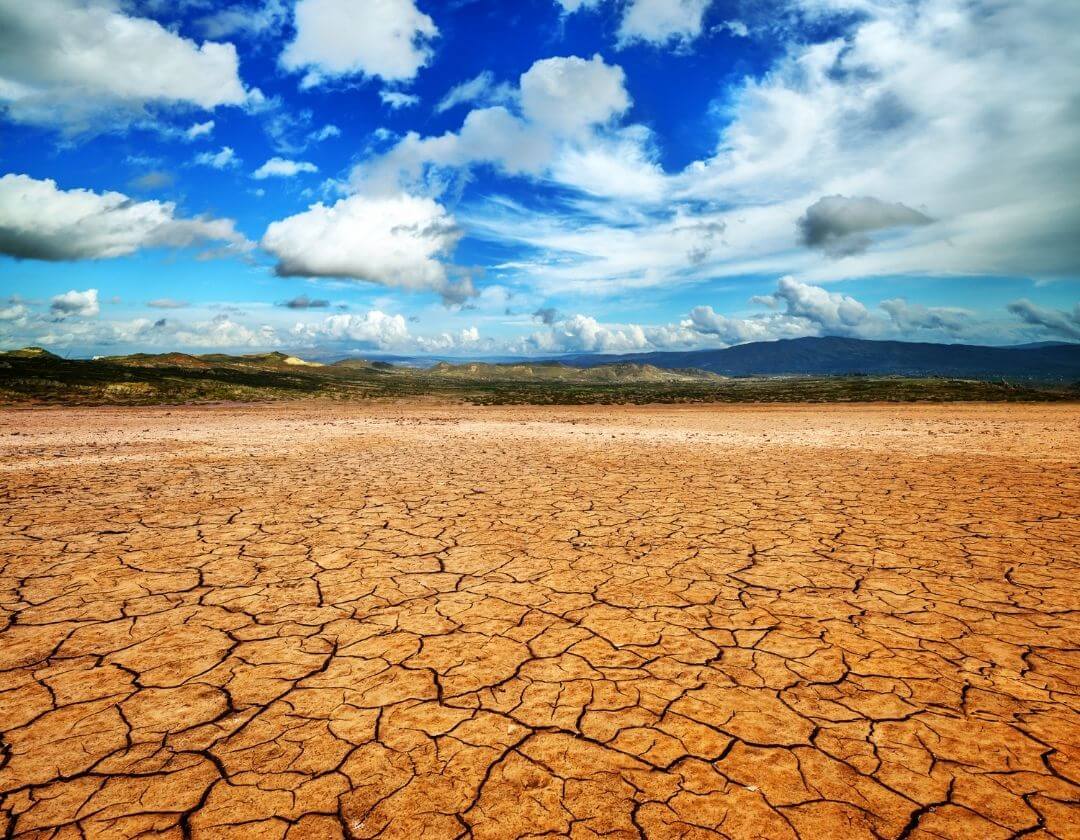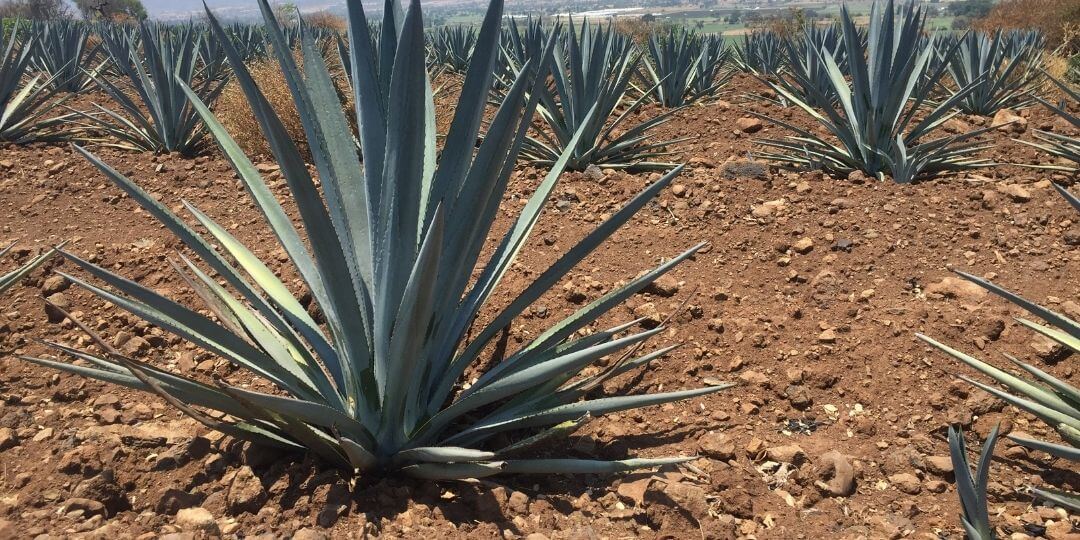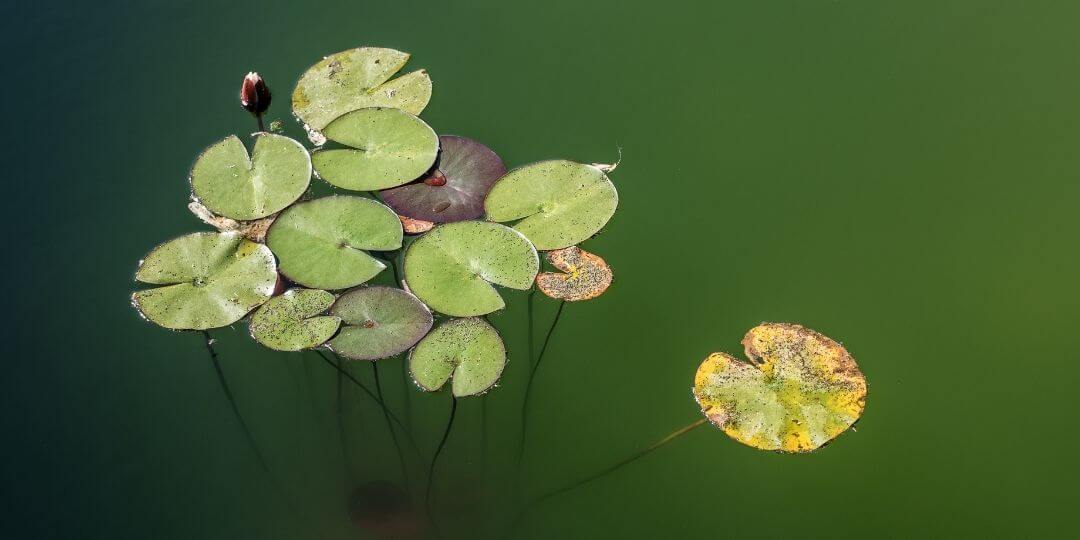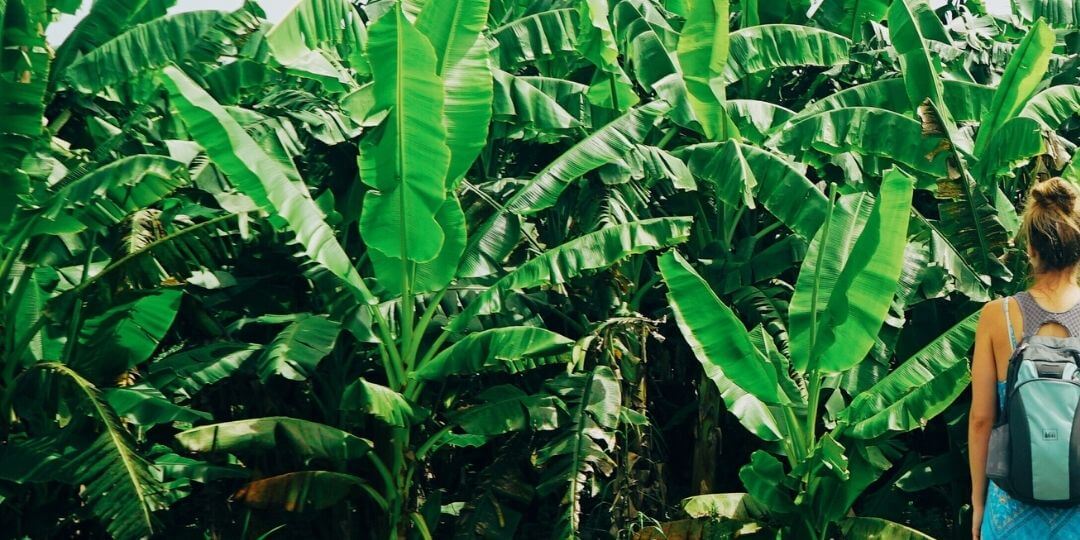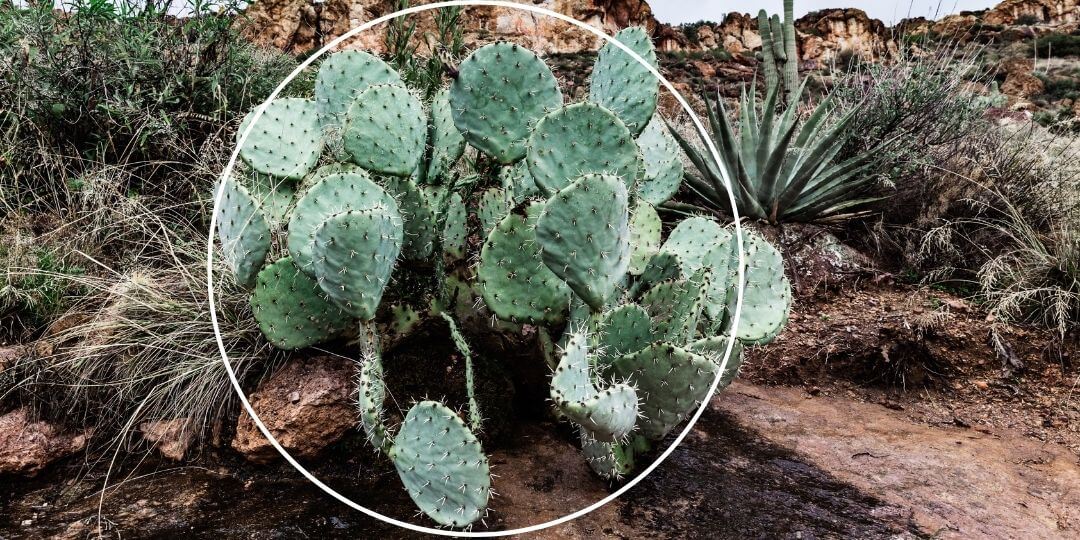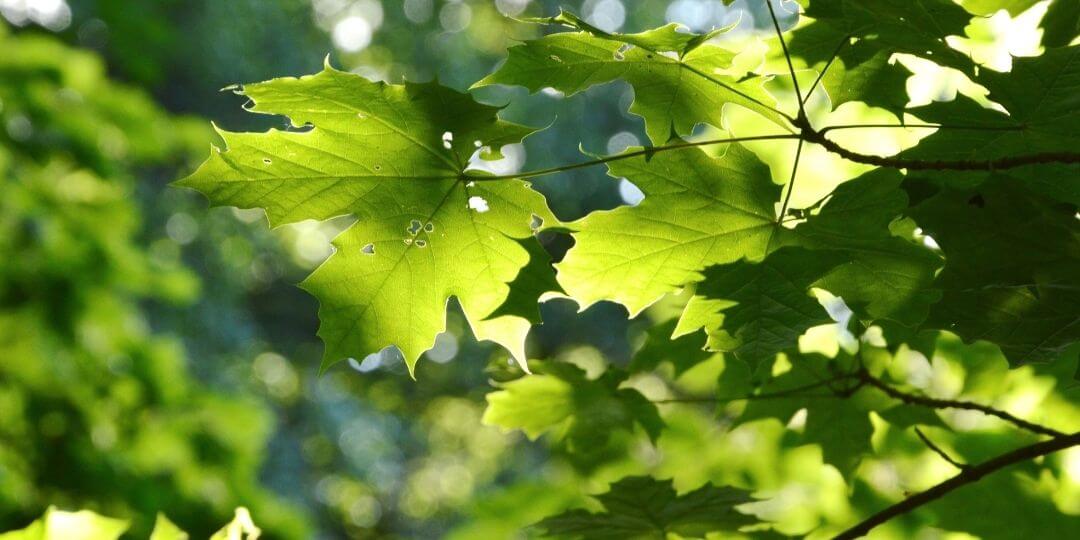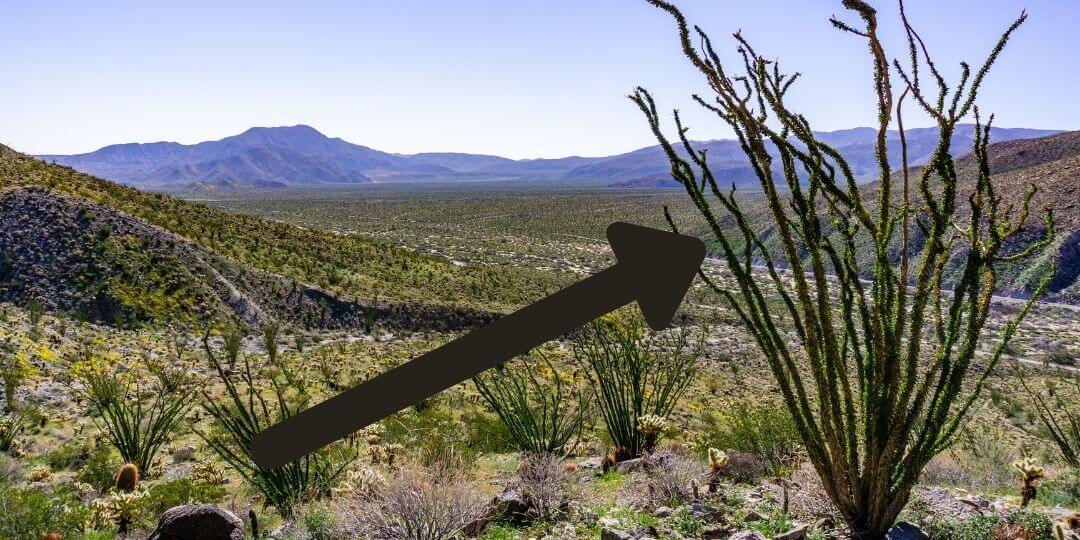Desert Ecosystems
What Is a Desert?
Deserts are large ecosystems that receive very little rainfall.
Most deserts get less than 10-inches of rain per year, though some do get up to 20-inches. The Sonoran Desert in the American Southwest is one of the wettest deserts in the world, sometimes receiving up to 20-inches of rain per year. The Atacama Desert in South America, on the other hand, averages less than a centimeter of rain per year and sometimes goes several years without any rain at all!
Most people picture deserts as barren, lifeless landscapes with a hot, scorching sun. While some deserts are mostly barren, others are filled with plants and animals! Because of the extreme environment, desert plants and animals have some of the most incredible and unique adaptations on the planet.
Deserts like Death Valley and the Sahara Desert are some of the hottest ecosystems in the world. However, not all deserts are hot. There are actually four different types of deserts. Check it out!
-
Arid Desert
ButtonThese deserts are also known as hot and dry deserts. Temperatures are warm year-round and particularly hot in the summer. Rainfall is scarce and often happens in quick bursts. The soil is coarse and well-draining. This includes the deserts in the American Southwest, the Sahara Desert, and many others.
-
Semi-Arid Desert
ButtonIn semi-arid deserts, rainfall is rare in the summer and occurs infrequently in the winter. Temperatures may still reach nearly 100 degrees in the summer, though night-time temperatures are usually cool year-round. The Great Basin Desert in the US and deserts in Greenland and northern Asia are semi-arid deserts.
-
Coastal Desert
ButtonCoastal deserts are often much cooler than arid or semi-arid deserts. While fog is common from the moisture of the ocean, there is still little rainfall. Coastal deserts occur where an area with little precipitation meets the ocean, like where the Sahara desert meets the ocean on the NW coast of Africa and creates the Atlantic coastal desert.
-
Cold Desert
ButtonIt is common for cold deserts to experience snowfall in the winter, which is also when they experience most of their rainfall. They can be found in regions far away from the equator, like Antarctica, or in regions with high elevations, like the mountains.
Well Known Deserts
Sonoran Desert
Located in the Southwest United States, the Sonoran Desert is an arid desert and is home to many unique species of animals, like Gila monsters, and plants, like saguaro cacti. Summer temperatures reach more than 115 degrees and rain comes in seasonal monsoons.
Atacama Desert
The Atacama Desert on the west coast of Chile in South America is the driest desert in the world. Some regions of this huge landscape do not see rain for decades. As a coastal desert, some regions of the Atacama experience fog that provides small amounts of moisture to the ecosystem.
Antarctica
Antarctica is the largest desert in the world! This frozen desert receives less than 2-inches of precipitation per year. Though the Antarctic gets snowfall, it stays frozen and turns into large sheets of ice. The lack of rain and freezing temperatures make this a very challenging ecosystem.
What Challenges Do Organisms Face in the Desert?
1
Deserts Have Little Rainfall
Because there is little rainfall, plants and animals have had to develop ways to conserve water and survive for extended periods without drinking.
2
Deserts Have Extreme Temperatures
While not all deserts are hot, deserts usually have extreme temperatures. Hot deserts can reach more than 100 degrees in the summer, while cold deserts can be well below 0 degrees for much of the year!
3
Deserts Have High Sun Exposure
Some deserts, especially arid deserts, get extreme amounts of sun that quickly dries out the landscape and burns young plants.
4
Deserts Have Poor Soil Quality
Many cold deserts have soil that is frozen for most of the year; we call this permafrost. Other deserts have little organic matter (plants or animals) to decompose, so the soil is low in nutrients.
Desert Plants
Desert plants have had to adapt to survive all of the challenges the desert presents! Most plants lose water through tiny hole on their leaves and stems through a process called transpiration. Desert plants have adapted to reduce transpiration, store water, and survive in extreme temperatures! Take a look at how.
Waxy Coating
A waxy coating on leaves and stems helps traps in moisture to reduce water loss through transpiration.
Thorns
Some plants, like cacti, have thorns (which are modified leaves!) to protect them from herbivores and to help shade the plant from the harsh sun.
Tiny Leaves
Plants with tiny leaves are better at avoiding harsh rays from the sun. Plants that have large leaves are better adapted to live in areas with less sunlight because it helps them collect more light.
Wide Roots
Many desert plants have wide, shallow roots that allow them to absorb as much water as they can before it evaporates. Some also have a deep taproot that reaches down into groundwater!
Storing Water
Some desert plants have plump leaves that expand to hold water or, in the case of many cacti, the whole plant can expand after heavy rainfall.
Let's take a look at some of the most well-adapted desert plants!
Saguaro Cactus
Saguaro cacti are endemic to (only found in) the Sonoran Desert in the American Southwest. They are huge plants, often reaching more than 40-ft tall. They are also very long-lived and have been documenting surviving the harsh desert for more than 200 years. Saguaros have a wide, shallow root system that can be as wide as the cactus is tall. After heavy rainfall, a mature saguaro will expand and become plump as it absorbs more than 100 gallons of water. This cactus is covered in a waxy coating that traps water and sharp spines that protect it from thirsty herbivores and provides shade from the hot sun.
African Baobab Tree
African baobab trees are incredibly long-lived trees that are native to dry savannas of Africa. Like other desert plants, baobab trees have small leaves that help reduce water loss through transpiration. They will lose their leaves for the majority of the year and grow them again during the rainy season. The most iconic and beneficial part of the baobab tree is its large, water-storing trunks. Some baobab trunks have measured more than 40-ft in diameter and can grow more than 60-ft tall. They also have wide, shallow roots that often grow wider than the tree is tall. Baobab trees are able to absorb They also have cork-like bark that is fire-resistant and helps to trap in moisture. Because of these adaptations that make them so successful, baobab trees have been known to live longer than 1,500 years.
Creosote Bush
Creosote bushes are large, hardy shrubs that can be found in the southwestern regions of North America. They are incredibly common in their range, as they have mastered surviving in the desert climate. Creosote bushes have very small leaves that are covered in a waxy coating. This waxy coating makes the leaves taste bad (thus protecting the plant from predators) and helps to trap in moisture. When it rains, the leaves produce a wonderful "desert smell." Creosote bushes are able to survive extreme droughts by entering a dormant phase. The seeds of creosote bushes are covered in fine, white hairs that help them get caught in the wind and spread across the landscape. Creosote bushes provide shelter for many animals, which then provide the creosote bush with nutrients from their leftovers and droppings.
Palo Verde
Palo verde trees, which can be also be found in the Sonoran Desert, are one of the most unique plants in their ecosystem. The name "palo verde" is Spanish for "green stick," which accurately describes the bark of a palo verde tree! Palo verde trees are unique because they have photosynthetic bark. Most plants absorb light and photosynthesize in their leaves; palo verde trees are able to photosynthesize and produce energy without any leaves at all! These trees normally have leaves that are very, very small, which helps reduce water loss through transpiration. During droughts, palo verde trees can drop their leaves entirely to prevent transpiration and still produce energy to stay alive!
Desert Plant Dilemma
For the photos below, determine if the plant is well adapted to live in the desert or if they would struggle to survive. Click the drop-down arrow to check your work!
- 1. AGAVE
Desert plant.
Agaves have tick leaves that are able to store large amounts of moisture. The thick outer coating helps trap water inside.
- 2. LILYPAD
Not a desert plant.
Lilypads require still water, like ponds or lakes, to thrive, something that is rare in the desert. They have large leaves that attract lots of sunlight.
- 4. PRICKLY PEAR CACTUS
Desert plant.
Prickly pear cacti are a common desert plant. The large pads have a waxy coating that traps water and can expand after heavy rain. The thorns help shade them from intense sun and deter herbivores.
- 5. MAPLE TREE
Not a desert plant.
Maple trees have large, wide leaves that would make it challenging for them to survive in dry climates.
Desert Animals
Desert animals face many of the same challenges that desert plants face. Through physical and behavioral adaptations, many animals have learned to master surviving in the harsh desert environment!
Collecting Water
Some animals can get most of the moisture they need from their food while others wait for the seasonal rainfall and stock up (sometimes drinking gallons at a time!).
Light Colors
Light colors reflect sunlight and keep animals cool, whereas dark colors would attract sunlight and cause animals to overheat.
Avoid the Heat of the Day
Many desert animals avoid the hottest parts of the day be being nocturnal (active at night-time) or crepuscular (active at dawn and dusk).
Avoid the Hottest Seasons
Some desert species avoid the harsh seasons all together by entering a state of inactivity that helps them conserve energy and avoid extreme temperatures.
Ways for Heat to Escape the Body
Some desert animals have large ears, throat flaps, or other body parts that allow heat to escape. As heat escapes through the thin layers of skin, cooler blood flows back to the rest of the body.
Desert animals have evolved to be very unique and have incredible adaptations! Check it out.
Desert Tortoise
Fennec Fox
Couch's Spadefoot Toad
Gila Monster
Desert Bighorn Sheep
Desert Animal Adaptations
Now that we know some of the characteristics that help animals survive in the desert, let's practice!
In 1-2 paragraphs, design and describe the perfect desert animal. Identify what kind of animal it is (mammals, birds, etc.) and describe some of the physical characteristics and behaviors that would help it thrive in the extreme desert environment!
Glossary
Adaptation
The process by which a species becomes more fit for its environment over the course of several generations. It is a result of natural selection.
Arid
Having little moisture or rainfall.
Brumation
A state of inactivity in ectotherms (cold-blooded animals) during the winter months.
Camouflage
The ability for an organism to blend into their surroundings usually to hide from prey or predators.
Carnivore
An animal that eats other animals.
Conserve
To avoid wasting or destroying something.
Ectotherm
An animal that relies on the outside temperature to regulate their body temperature (reptiles and amphibians). Also known as cold-blooded.
Endemic
Being native to a specific area.
Endotherm
An animal that regulates their body temperature internally (mammals and birds). Also known as warm-blooded.
Evaporation
The process of water changing from liquid form to gas form.
Herbivore
An animal that eats mostly plants.
Monsoon
A large, seasonal wind and rain storm.
Omnivore
An animal that eats both plants and animals.
Predator
An animal that hunts other animals for food.
Prey
An animal that is hunted and eaten by another animal.
Transpiration
The process of water vapor escaping through small pores of plants.
Venom
A toxin that is injected into prey through teeth or a stinger.
Looking for more amazing lessons?
Check out our EdZOOcating Adventures using the link below!
Sign Up for our Newsletter
Stay up to date with new adventures, classes, deals, and more!
MENU
EDUCATIONAL RESOURCES
All Rights Reserved | Edzoocating.com

